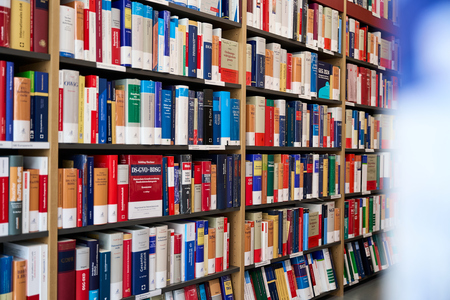Spinal cord-derived scaffolds combine biochemical and topographical cues to promote neuronal regeneration
Mungenast, Lena
Produktnummer:
18430ae51ee51a40a287ca2681a52cbb76
| Autor: | Mungenast, Lena |
|---|---|
| Themengebiete: | dECM scaffolds spinal cord regeneration tissue engineering |
| Veröffentlichungsdatum: | 03.04.2025 |
| EAN: | 9783843955980 |
| Sprache: | Englisch |
| Seitenzahl: | 167 |
| Produktart: | Kartoniert / Broschiert |
| Verlag: | Dr. Hut |
Produktinformationen "Spinal cord-derived scaffolds combine biochemical and topographical cues to promote neuronal regeneration"
Traumatic spinal cord injury (SCI) can lead to paralysis and comorbidities due to neuronal damage, excessive extracellular matrix (ECM) production, and scar formation creating a regeneration-inhibiting environment. Currently, no clinically established treatment exists for neuronal regeneration in the SC. This work explores tissue engineering strategies using scaffolds incorporating physiologically relevant topographical, mechanical and biochemical cues to provide a neuronal regeneration-promoting matrix. Topographical cues were created by the scaffold design as microchannels, microfilaments, nanofibers, hydrogels, and composites. Biochemical cues were integrated by the choice of material using poly-e-caprolactone (PCL), gelatin and decellularized porcine spinal cord ECM (dECM), which preserved key ECM components while eliminating cellular DNA. Mechanical cues were tuned by hydrogels and fibers using different biomaterials and crosslinking techniques resulting in Young's moduli from 1 to 80 kPa. Scaffolds were cytocompatible and supported adhesion, proliferation, and differentiation of human neural progenitor cells into neurons. SC-derived dECM hydrogels were bioprinted and showed higher cell viability of neural progenitor cells compared to cardiac dECM hydrogels. Aligned topographical features enabled neuronal alignment, with spacing influencing neurite and cell organization: smaller spacing ( 40 µm): alignment of multiple cells in parallel. In a physically induced SCI model, aligned dECM fiber scaffolds facilitated rapid lesion closure in vitro, demonstrating their superior cell migration and guiding properties. Overall, combining decellularized tissues with controlled fiber spinning enhances biochemical and topographical cues, and promotes neuronal regeneration in vitro. This strategy holds promise for developing clinically relevant scaffolds for central nervous system regeneration.

Sie möchten lieber vor Ort einkaufen?
Sie haben Fragen zu diesem oder anderen Produkten oder möchten einfach gerne analog im Laden stöbern? Wir sind gerne für Sie da und beraten Sie auch telefonisch.
Juristische Fachbuchhandlung
Georg Blendl
Parcellistraße 5 (Maxburg)
8033 München
Montag - Freitag: 8:15 -18 Uhr
Samstags geschlossen
